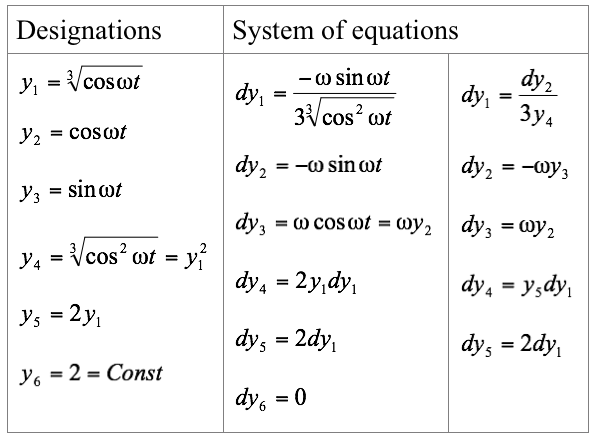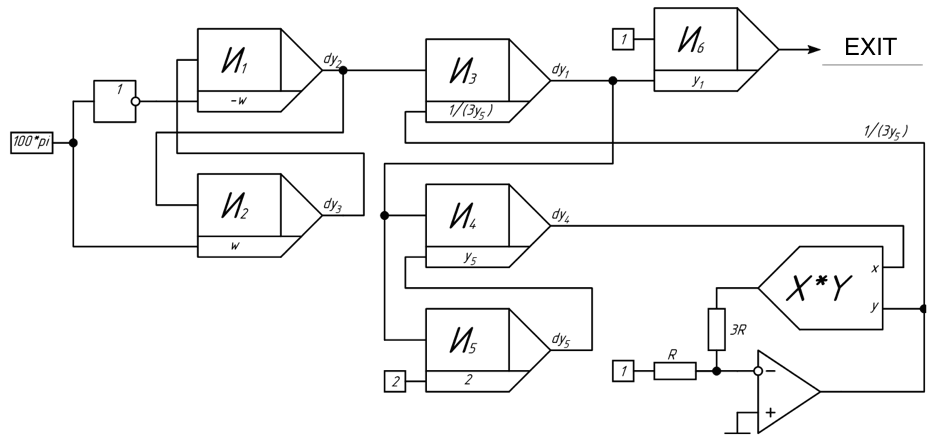

😭 GraphRAG is good and powerful, but the official implementation is difficult/painful to read or hack.
😊 This project provides a smaller, faster, cleaner GraphRAG, while remaining the core functionality(see benchmark and issues ).
🎁 Excluding tests and prompts, nano-graphrag is about 1100 lines of code.
👌 Small yet portable(faiss, neo4j, ollama…), asynchronous and fully typed.
If you’re looking for a multi-user RAG solution for long-term user memory, have a look at this project: memobase 🙂
Install from source (recommend)
# clone this repo first
cd nano-graphrag
pip install -e .Install from PyPi
pip install nano-graphragTip
Please set OpenAI API key in environment: export OPENAI_API_KEY="sk-...".
Tip
If you’re using Azure OpenAI API, refer to the .env.example to set your azure openai. Then pass GraphRAG(...,using_azure_openai=True,...) to enable.
Tip
If you’re using Amazon Bedrock API, please ensure your credentials are properly set through commands like aws configure. Then enable it by configuring like this: GraphRAG(...,using_amazon_bedrock=True, best_model_id="us.anthropic.claude-3-sonnet-20240229-v1:0", cheap_model_id="us.anthropic.claude-3-haiku-20240307-v1:0",...). Refer to an example script.
Tip
If you don’t have any key, check out this example that using transformers and ollama . If you like to use another LLM or Embedding Model, check Advances.
download a copy of A Christmas Carol by Charles Dickens:
curl https://raw.githubusercontent.com/gusye1234/nano-graphrag/main/tests/mock_data.txt > ./book.txtUse the below python snippet:
from nano_graphrag import GraphRAG, QueryParam
graph_func = GraphRAG(working_dir="./dickens")
with open("./book.txt") as f:
graph_func.insert(f.read())
# Perform global graphrag search
print(graph_func.query("What are the top themes in this story?"))
# Perform local graphrag search (I think is better and more scalable one)
print(graph_func.query("What are the top themes in this story?", param=QueryParam(mode="local")))Next time you initialize a GraphRAG from the same working_dir, it will reload all the contexts automatically.
graph_func.insert(["TEXT1", "TEXT2",...])Incremental Insert
nano-graphrag supports incremental insert, no duplicated computation or data will be added:
with open("./book.txt") as f:
book = f.read()
half_len = len(book) // 2
graph_func.insert(book[:half_len])
graph_func.insert(book[half_len:])
nano-graphraguse md5-hash of the content as the key, so there is no duplicated chunk.However, each time you insert, the communities of graph will be re-computed and the community reports will be re-generated
Naive RAG
nano-graphrag supports naive RAG insert and query as well:
graph_func = GraphRAG(working_dir="./dickens", enable_naive_rag=True)
...
# Query
print(rag.query(
"What are the top themes in this story?",
param=QueryParam(mode="naive")
)For each method NAME(...) , there is a corresponding async method aNAME(...)
await graph_func.ainsert(...)
await graph_func.aquery(...)
...GraphRAG and QueryParam are dataclass in Python. Use help(GraphRAG) and help(QueryParam) to see all available parameters! Or check out the Advances section to see some options.
Below are the components you can use:
| Type | What | Where |
|---|---|---|
| LLM | OpenAI | Built-in |
| Amazon Bedrock | Built-in | |
| DeepSeek | examples | |
ollama |
examples | |
| Embedding | OpenAI | Built-in |
| Amazon Bedrock | Built-in | |
| Sentence-transformers | examples | |
| Vector DataBase | nano-vectordb |
Built-in |
hnswlib |
Built-in, examples | |
milvus-lite |
examples | |
| faiss | examples | |
| Graph Storage | networkx |
Built-in |
neo4j |
Built-in(doc) | |
| Visualization | graphml | examples |
| Chunking | by token size | Built-in |
| by text splitter | Built-in |
-
Built-inmeans we have that implementation insidenano-graphrag.examplesmeans we have that implementation inside an tutorial under examples folder. -
Check examples/benchmarks to see few comparisons between components.
-
Always welcome to contribute more components.
Some setup options
GraphRAG(...,always_create_working_dir=False,...)will skip the dir-creating step. Use it if you switch all your components to non-file storages.
Only query the related context
graph_func.query return the final answer without streaming.
If you like to interagte nano-graphrag in your project, you can use param=QueryParam(..., only_need_context=True,...), which will only return the retrieved context from graph, something like:
# Local mode
-----Reports-----
```csv
id, content
0, # FOX News and Key Figures in Media and Politics...
1, ...
```
...
# Global mode
----Analyst 3----
Importance Score: 100
Donald J. Trump: Frequently discussed in relation to his political activities...
...
You can integrate that context into your customized prompt.
Prompt
nano-graphrag use prompts from nano_graphrag.prompt.PROMPTS dict object. You can play with it and replace any prompt inside.
Some important prompts:
PROMPTS["entity_extraction"]is used to extract the entities and relations from a text chunk.PROMPTS["community_report"]is used to organize and summary the graph cluster’s description.PROMPTS["local_rag_response"]is the system prompt template of the local search generation.PROMPTS["global_reduce_rag_response"]is the system prompt template of the global search generation.PROMPTS["fail_response"]is the fallback response when nothing is related to the user query.
Customize Chunking
nano-graphrag allow you to customize your own chunking method, check out the example.
Switch to the built-in text splitter chunking method:
from nano_graphrag._op import chunking_by_seperators
GraphRAG(...,chunk_func=chunking_by_seperators,...)LLM Function
In nano-graphrag, we requires two types of LLM, a great one and a cheap one. The former is used to plan and respond, the latter is used to summary. By default, the great one is gpt-4o and the cheap one is gpt-4o-mini
You can implement your own LLM function (refer to _llm.gpt_4o_complete):
async def my_llm_complete(
prompt, system_prompt=None, history_messages=[], **kwargs
) -> str:
# pop cache KV database if any
hashing_kv: BaseKVStorage = kwargs.pop("hashing_kv", None)
# the rest kwargs are for calling LLM, for example, `max_tokens=xxx`
...
# YOUR LLM calling
response = await call_your_LLM(messages, **kwargs)
return responseReplace the default one with:
# Adjust the max token size or the max async requests if needed
GraphRAG(best_model_func=my_llm_complete, best_model_max_token_size=..., best_model_max_async=...)
GraphRAG(cheap_model_func=my_llm_complete, cheap_model_max_token_size=..., cheap_model_max_async=...)You can refer to this example that use deepseek-chat as the LLM model
You can refer to this example that use ollama as the LLM model
nano-graphrag will use best_model_func to output JSON with params "response_format": {"type": "json_object"}. However there are some open-source model maybe produce unstable JSON.
nano-graphrag introduces a post-process interface for you to convert the response to JSON. This func’s signature is below:
def YOUR_STRING_TO_JSON_FUNC(response: str) -> dict:
"Convert the string response to JSON"
...And pass your own func by GraphRAG(...convert_response_to_json_func=YOUR_STRING_TO_JSON_FUNC,...).
For example, you can refer to json_repair to repair the JSON string returned by LLM.
Embedding Function
You can replace the default embedding functions with any _utils.EmbedddingFunc instance.
For example, the default one is using OpenAI embedding API:
@wrap_embedding_func_with_attrs(embedding_dim=1536, max_token_size=8192)
async def openai_embedding(texts: list[str]) -> np.ndarray:
openai_async_client = AsyncOpenAI()
response = await openai_async_client.embeddings.create(
model="text-embedding-3-small", input=texts, encoding_format="float"
)
return np.array([dp.embedding for dp in response.data])Replace default embedding function with:
GraphRAG(embedding_func=your_embed_func, embedding_batch_num=..., embedding_func_max_async=...)You can refer to an example that use sentence-transformer to locally compute embeddings.
Storage Component
You can replace all storage-related components to your own implementation, nano-graphrag mainly uses three kinds of storage:
base.BaseKVStorage for storing key-json pairs of data
- By default we use disk file storage as the backend.
GraphRAG(.., key_string_value_json_storage_cls=YOURS,...)
base.BaseVectorStorage for indexing embeddings
- By default we use
nano-vectordbas the backend. - We have a built-in
hnswlibstorage also, check out this example. - Check out this example that implements
milvus-liteas the backend (not available in Windows). GraphRAG(.., vector_db_storage_cls=YOURS,...)
base.BaseGraphStorage for storing knowledge graph
- By default we use
networkxas the backend. - We have a built-in
Neo4jStoragefor graph, check out this tutorial. GraphRAG(.., graph_storage_cls=YOURS,...)
You can refer to nano_graphrag.base to see detailed interfaces for each components.
Check FQA.
See ROADMAP.md
nano-graphrag is open to any kind of contribution. Read this before you contribute.
- Medical Graph RAG: Graph RAG for the Medical Data
- LightRAG: Simple and Fast Retrieval-Augmented Generation
- fast-graphrag: RAG that intelligently adapts to your use case, data, and queries
- HiRAG: Retrieval-Augmented Generation with Hierarchical Knowledge
Welcome to pull requests if your project uses
nano-graphrag, it will help others to trust this repo❤️
nano-graphragdidn’t implement thecovariatesfeature ofGraphRAGnano-graphragimplements the global search different from the original. The original use a map-reduce-like style to fill all the communities into context, whilenano-graphragonly use the top-K important and central communites (useQueryParam.global_max_consider_communityto control, default to 512 communities).
 https://github.com/gusye1234/nano-graphrag
https://github.com/gusye1234/nano-graphrag











